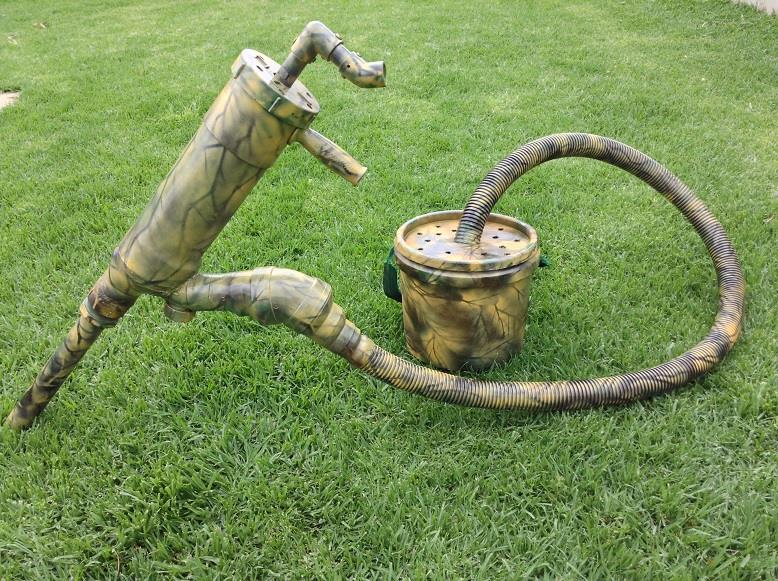- Joined
- Sep 5, 2015
- Messages
- 453
- Reaction score
- 282
Hi everyone I have always wanted a Ground Penetrating Radar (GPR) but they are out of my reach as far as price goes and often wondered if you could convert the TDI as it works on a Pulse system similar to the gpr I think anyway which leaves me asking you guys who I know will have more knowledge in this area as electrics is not my Forte :/ My thoughts were could you make a program that ran on a smart phone or laptop that you could just plug your detector into, And away you go... Or is this just a ridicules thought and should I just save up for a GPR.. Regards GC




